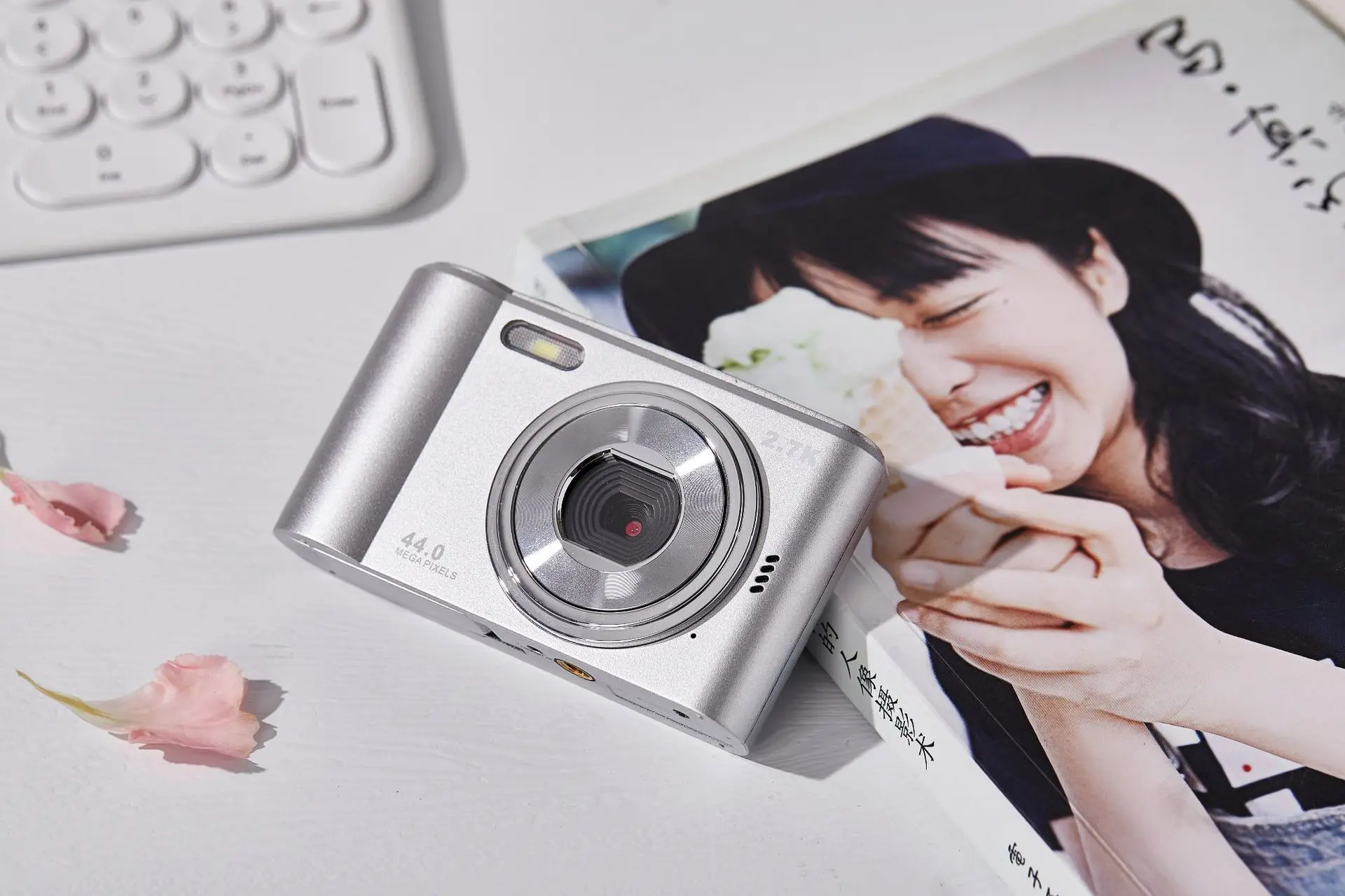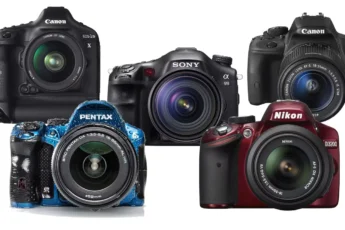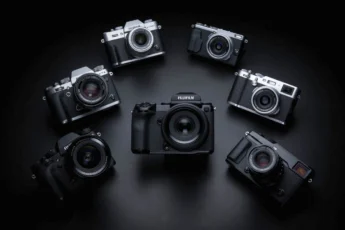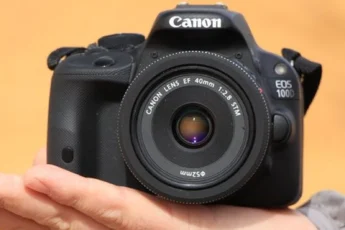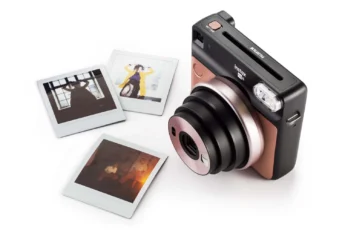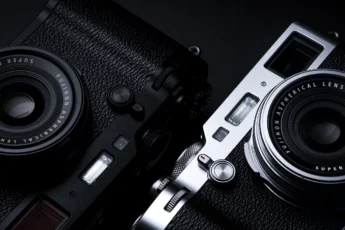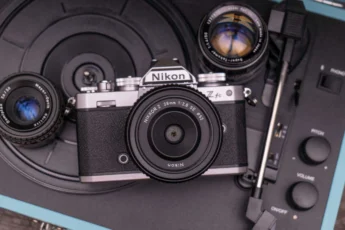Picture this: you’re standing atop a mountain, the sun slowly dipping below the horizon, painting the sky in a breathtaking array of oranges, pinks, and purples. You reach for your camera, eager to capture this fleeting moment of beauty, and as you press the shutter button, you feel a rush of excitement and creativity coursing through your veins. This is the magic of photography – the ability to freeze time, to tell stories, and to express yourself through the lens of a camera.
As a beginner photographer, embarking on this journey can be both thrilling and overwhelming. With so many options available, choosing the right camera can feel like navigating a maze. But fear not, dear reader, for this comprehensive guide will help you find your perfect match, a camera that will accompany you on your photographic adventures and help you bring your creative visions to life.
- Importance of Choosing the Right Camera
- Significance of a Beginner’s First Camera Choice
- Types of Cameras for Beginners
- DSLR Cameras
- Mirrorless Cameras
- Point-and-Shoot Cameras
- Key Features to Consider in a Beginner Camera
- Interchangeable Lenses
- Manual Settings
- Sensor Quality
- Recommended Starter Cameras
- Nikon Z 5
- Canon PowerShot G7 X Mark III
- Sony α7 II
- Nikon Z fc
- Starting a Photography Business
- Best Cameras for Beginners in Business
- Canon EOS Rebel Series
- Nikon D Series
- Conclusion
Importance of Choosing the Right Camera
Your choice of camera is a crucial decision that will greatly impact the quality of your images and your overall photography experience. As renowned photographer Ansel Adams once said, “The single most important component of a camera is the twelve inches behind it.” While the photographer’s skill and vision are undeniably important, the right camera can make a world of difference in helping you achieve your goals.
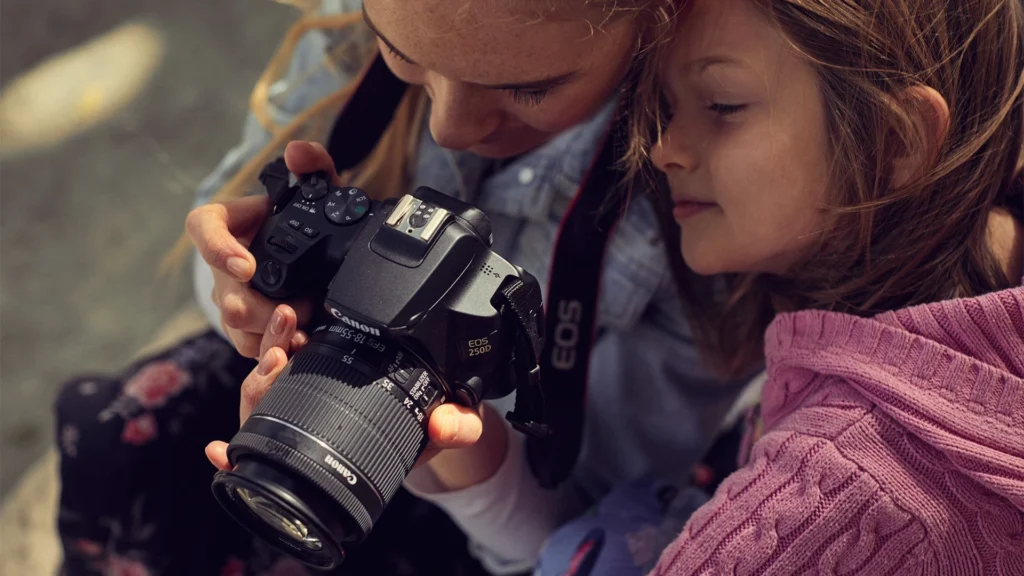
Consider these statistics: according to a survey conducted by Digital Camera World, 67% of photographers cited image quality as their top priority when choosing a camera, followed by ease of use (54%) and durability (48%). These findings underscore the importance of selecting a camera that not only produces stunning images but also fits your needs and skill level.
Significance of a Beginner’s First Camera Choice
As a beginner, your first camera purchase is a significant milestone that can shape your photographic journey for years to come. The camera you choose will not only influence the development of your skills and creativity but also play a role in determining your passion for photography.
A camera that is too complex or difficult to use may lead to frustration and discouragement, while a camera that lacks the necessary features or produces subpar images may limit your growth as a photographer. On the other hand, a camera that strikes the perfect balance between ease of use, image quality, and creative control can ignite your passion and inspire you to explore the boundless possibilities of photography.
Types of Cameras for Beginners
When it comes to choosing a camera as a beginner, there are three main types to consider: DSLR cameras, mirrorless cameras, and point-and-shoot cameras. Each type has its own unique advantages and disadvantages, and understanding these differences can help you make an informed decision.
DSLR Cameras
DSLR (Digital Single-Lens Reflex) cameras are a popular choice among beginners and professionals alike. These cameras feature a mirror mechanism that reflects light from the lens to the optical viewfinder, allowing you to see exactly what the lens sees. DSLRs offer excellent image quality, a wide range of interchangeable lenses, and manual controls that give you complete creative freedom.
Advantages of DSLR cameras include:
- Large image sensors for superior image quality and low-light performance
- Optical viewfinder for a clear and accurate representation of the scene
- Extensive selection of lenses for various photography genres
- Robust build quality and ergonomic design
Mirrorless Cameras
Mirrorless cameras have gained popularity in recent years due to their compact size, advanced features, and excellent image quality. Unlike DSLRs, mirrorless cameras do not have a mirror mechanism, which allows for a smaller and lighter camera body. Instead, they use an electronic viewfinder or LCD screen to display the image.
Advantages of mirrorless cameras include:
- Compact and lightweight design, making them ideal for travel and everyday use
- Fast and accurate autofocus systems
- High-resolution electronic viewfinders that provide real-time exposure and color adjustments
- Silent shooting modes for discreet photography
Point-and-Shoot Cameras
Point-and-shoot cameras, also known as compact cameras, are designed for simplicity and ease of use. These cameras have fixed lenses and automatic settings, making them an excellent choice for beginners who want to focus on capturing moments rather than fiddling with manual controls.
Advantages of point-and-shoot cameras include:
- Compact and portable design, easily fitting into pockets or bags
- Automatic settings for hassle-free photography
- Affordable prices compared to DSLRs and mirrorless cameras
- Built-in flash for low-light situations
To help you visualize the differences between these camera types, consider the following comparison table:
| Camera Type | Image Quality | Interchangeable Lenses | Size and Weight | Ease of Use |
|---|---|---|---|---|
| DSLR | Excellent | Yes | Larger and heavier | Moderate to advanced |
| Mirrorless | Excellent | Yes | Compact and lightweight | Moderate to advanced |
| Point-and-Shoot | Good to very good | No | Compact and lightweight | Easy |
Key Features to Consider in a Beginner Camera
When shopping for your first camera, there are several key features to consider that will greatly impact your photography experience and the quality of your images. These features include interchangeable lenses, manual settings, and sensor quality.
Interchangeable Lenses
Interchangeable lenses are a game-changer for beginner photographers, as they allow you to explore different focal lengths, apertures, and creative possibilities. For example, a wide-angle lens can help you capture stunning landscapes or architectural shots, while a telephoto lens is perfect for wildlife or sports photography. By investing in a camera with interchangeable lenses, you can gradually build your lens collection and expand your photographic horizons.
Manual Settings
While automatic settings can be convenient, having the ability to control your camera’s manual settings is essential for creative control and growth as a photographer. Manual settings, such as aperture, shutter speed, and ISO, allow you to fine-tune your exposure, depth of field, and motion blur. For instance, using a wide aperture (low f-number) can create a beautiful bokeh effect, blurring the background and making your subject stand out. Experimenting with manual settings will help you understand the fundamentals of photography and develop your own unique style.
Sensor Quality
The quality of your camera’s image sensor is a crucial factor in determining the overall image quality, low-light performance, and dynamic range. Generally, larger sensors (such as those found in DSLRs and mirrorless cameras) produce better image quality than smaller sensors (like those in point-and-shoot cameras). When comparing cameras, look for those with high megapixel counts, as this will allow you to print larger images or crop your photos without sacrificing quality.
Recommended Starter Cameras
Now that you have a better understanding of the types of cameras available and the key features to look for, let’s explore some recommended starter cameras that offer an excellent balance of performance, ease of use, and value.
Nikon Z 5
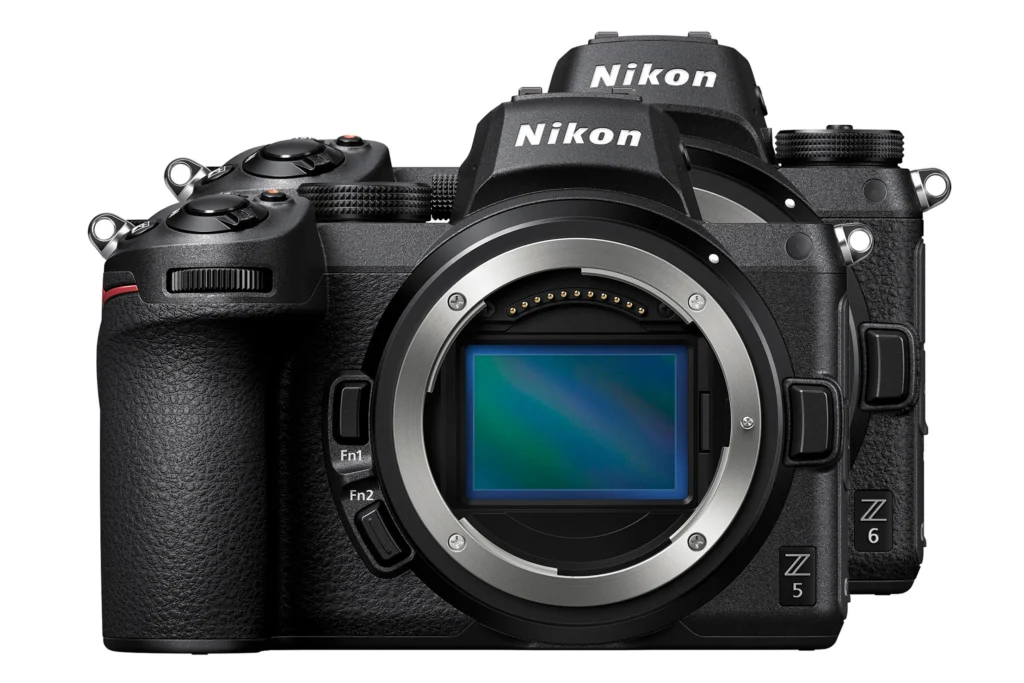
The Nikon Z 5 is a full-frame mirrorless camera that offers exceptional image quality, a user-friendly interface, and a compact design. With a 24.3-megapixel sensor, 5-axis in-body image stabilization, and a robust autofocus system, the Z 5 is an excellent choice for beginners looking to invest in a camera that will grow with them as they develop their skills. As one satisfied customer shared on B&H Photo, “The Z 5 is a fantastic camera for anyone looking to get into full-frame mirrorless photography. The image quality is outstanding, and the camera is easy to use, even for a beginner like me.”
Canon PowerShot G7 X Mark III
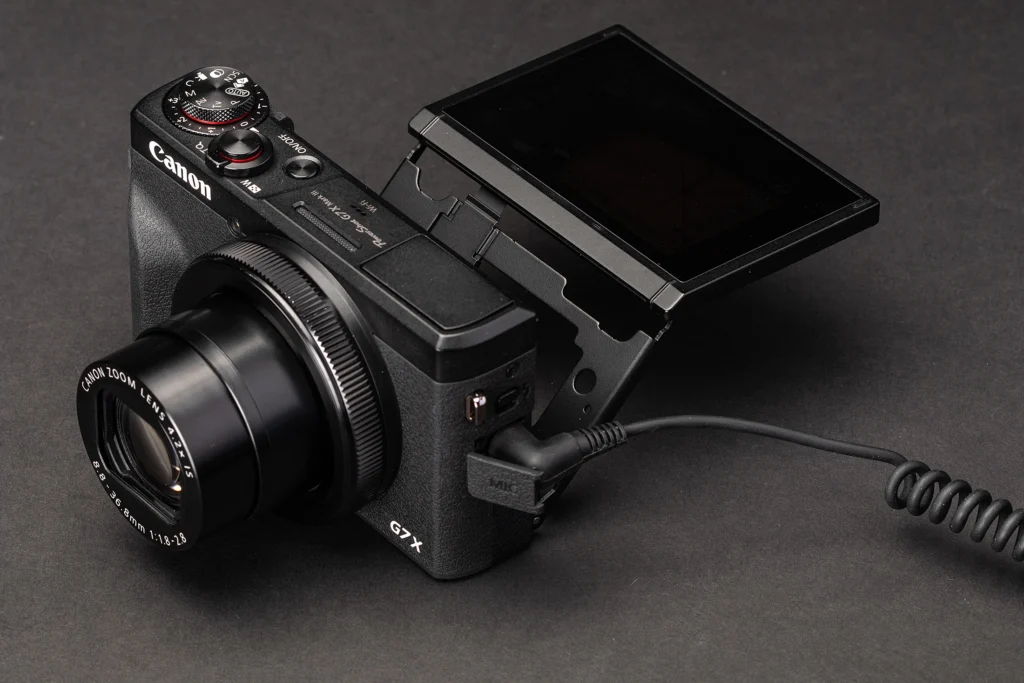
For those who prioritize portability and ease of use, the Canon PowerShot G7 X Mark III is a top-notch point-and-shoot camera that delivers impressive image quality and 4K video capabilities. With a 20.1-megapixel 1-inch sensor, a fast f/1.8-2.8 lens, and a tilting LCD screen, this camera is perfect for vlogging, travel photography, and everyday use. A reviewer on Amazon raved, “The G7 X Mark III has been my go-to camera for travel and street photography. It fits easily in my pocket, and the image quality is amazing for such a small camera.”
Sony α7 II
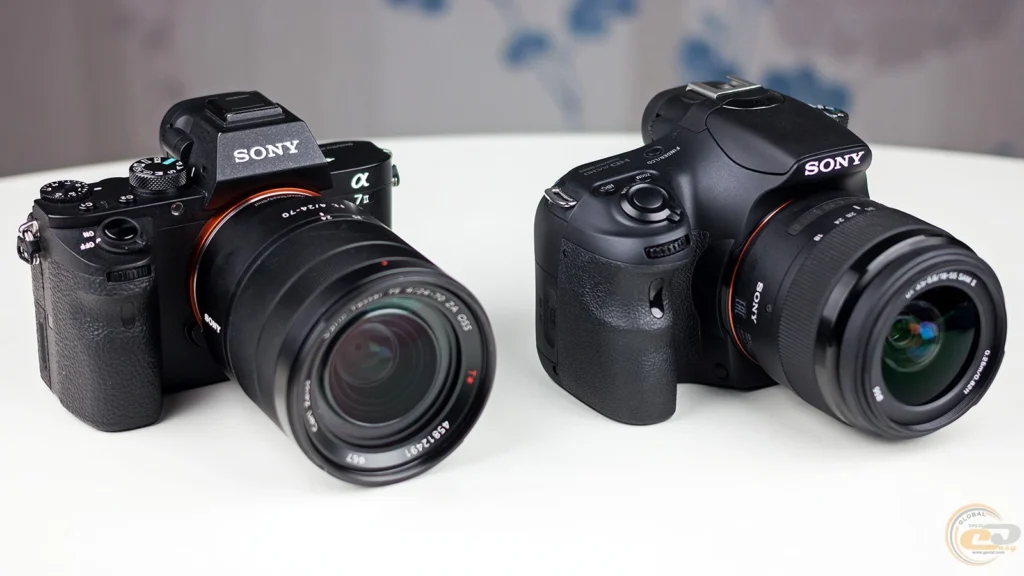
The Sony α7 II is a full-frame mirrorless camera that combines excellent image quality, fast autofocus, and in-body image stabilization in a compact body. With a 24.3-megapixel sensor, a wide selection of lenses, and customizable buttons, the α7 II is an excellent choice for beginners who want to explore various photography genres and develop their skills. A customer on Adorama shared, “As a beginner, I was intimidated by the idea of using a full-frame camera, but the Sony α7 II made the transition easy. The image quality is stunning, and the camera’s features have helped me grow as a photographer.”
Nikon Z fc
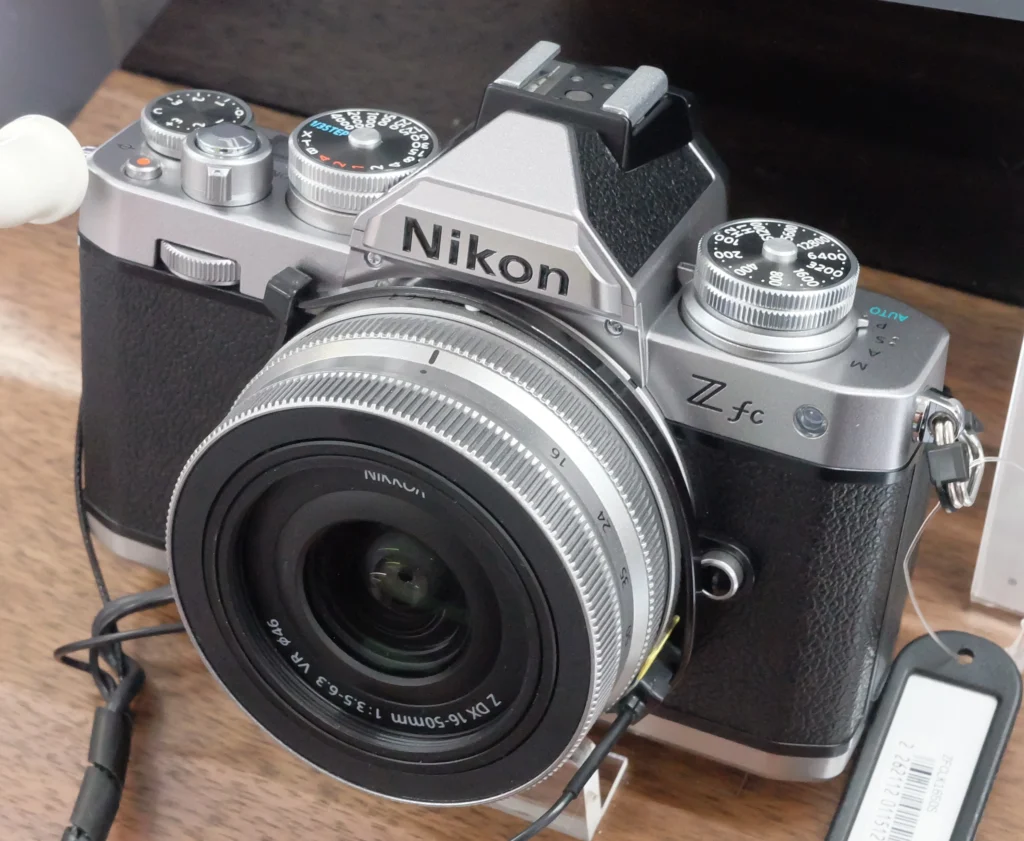
For those who appreciate a touch of nostalgia, the Nikon Z fc is a stylish mirrorless camera that combines retro design with modern features. With a 20.9-megapixel APS-C sensor, 4K video capabilities, and a vari-angle LCD screen, the Z fc is perfect for street photography, portraits, and video content creation. A reviewer on Nikon’s website praised the camera, saying, “The Nikon Z fc is not only a beautiful camera but also a capable one. The retro design inspires me to shoot more, and the image quality and features are impressive for a camera in this price range.”
Starting a Photography Business
For those who aspire to turn their passion for photography into a career, choosing the right camera is even more crucial. When starting a photography business, you’ll want to invest in a camera that not only produces professional-quality images but also meets the specific needs of your chosen photography genre.
Best Cameras for Beginners in Business
Two popular camera series among beginning professional photographers are the Canon EOS Rebel line and the Nikon D series. These cameras offer a balance of affordability, image quality, and features that make them suitable for a wide range of photography genres, from event photography to portraits and product photography.
Canon EOS Rebel Series
The Canon EOS Rebel series, such as the Canon EOS Rebel T8i, is known for its user-friendly interface, excellent image quality, and compatibility with a wide range of Canon EF and EF-S lenses. These cameras feature 24.1-megapixel APS-C sensors, fast autofocus systems, and built-in Wi-Fi and Bluetooth for easy image transfer and remote control. As a professional photographer shared on Borrow Lenses, “The Canon Rebel series is a great starting point for anyone looking to start a photography business. The cameras are reliable, produce great images, and are compatible with a wide range of lenses, making it easy to expand your kit as your business grows.”
Nikon D Series
The Nikon D series, like the Nikon D5600, is another popular choice among beginner professional photographers. These cameras boast 24.2-megapixel APS-C sensors, 39-point autofocus systems, and compatibility with Nikon’s extensive line of F-mount lenses. The D5600 also features a vari-angle touchscreen, making it easy to compose shots from various angles and review images on the go. A professional photographer interviewed by Format noted, “The Nikon D5600 was my first camera when I started my photography business, and it served me well for several years. The image quality is excellent, and the camera’s features allowed me to tackle a variety of photography projects with confidence.”
Conclusion
Choosing your first camera as a beginner photographer is an exciting and important decision that will shape your photographic journey. By understanding the different types of cameras available, the key features to look for, and the specific needs of your photography goals, you can make an informed choice that will help you grow as a photographer and bring your creative visions to life.
Remember, the best camera for you is the one that fits your needs, budget, and style. Whether you opt for a versatile DSLR, a compact mirrorless camera, or a user-friendly point-and-shoot, the most important thing is to get out there and start capturing the world around you. As you develop your skills and explore different photography genres, you may find yourself upgrading your equipment or investing in additional lenses and accessories.
If you’re considering starting a photography business, remember that your camera is just one piece of the puzzle. Investing in quality lenses, lighting equipment, and editing software, as well as developing your skills and building a strong portfolio, are all essential components of a successful photography career.

